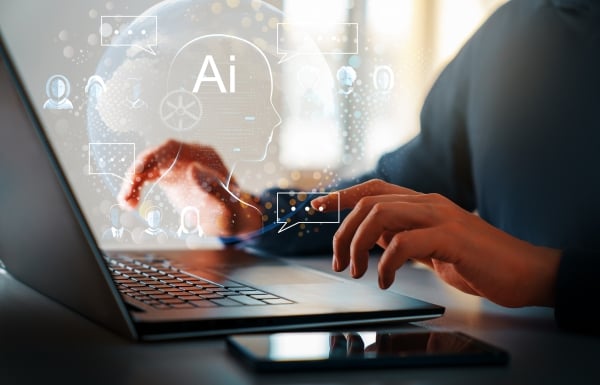Artificial Intelligence (AI) has become an integral part of our daily lives, from the virtual assistants on our smartphones to the algorithms that power our social media feeds. While the potential benefits of AI are vast, there is a growing concern about the divide between those who have access to and are able to benefit from AI technologies and those who do not.
This AI divide is evident on a global scale, with developed countries leading the way in AI research and implementation, while developing countries lag behind. Even within countries, there is a divide between those who have the necessary skills and resources to take advantage of AI and those who do not. This divide threatens to exacerbate existing inequalities and create new ones, as those who are left behind miss out on the opportunities and benefits that AI can provide.
To bridge this AI divide, we need to take action at both the individual and societal levels. First and foremost, we need to prioritize education and training in AI for all individuals, regardless of their background or circumstances. This means providing access to AI education and resources for students at all levels, from elementary school to higher education, as well as for working professionals looking to upskill or reskill in AI.
In addition to education, we need to ensure that AI technologies are developed and implemented with inclusivity and equity in mind. This means considering the potential impact of AI on marginalized communities and taking steps to mitigate any negative effects. It also means actively working to increase diversity in the AI field, particularly in terms of gender and race, to ensure that a diverse range of perspectives are represented in the development of AI technologies.
At the societal level, governments and organizations need to prioritize policies and investments that promote equitable access to AI technologies. This includes funding for research and development in AI, as well as incentives for companies to hire and train individuals from underrepresented groups in AI-related fields. It also means monitoring and addressing any potential biases or discrimination in AI algorithms and systems, to ensure that AI technologies benefit all members of society.
In conclusion, bridging the AI divide requires a concerted effort from individuals, organizations, and governments around the world. By prioritizing education, inclusivity, and equity in AI, we can work towards a future where everyone has the opportunity to benefit from the incredible potential of AI technologies. It is a call to action that we must heed, for the sake of creating a more just and equitable society for all.



